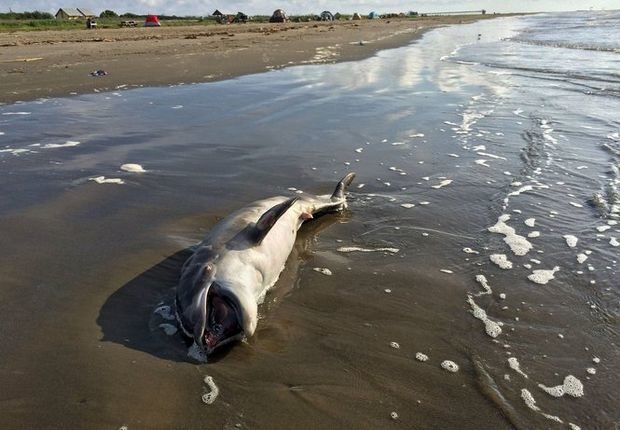OF THE
TIMES
If you’re going to create a “one-world government” you need to destroy nationalism, and what better way to destroy people’s faith in their...
Aid comes in many forms. AmeriKa is giving all the evil they can spare. What did you expect them to give? Thoughts and prayers?
The tribe, bankrupting the west. Instigating wars. When will Israel and the tribe be wiped from the earth?
War, war, and more Cold War.
The incidence of teachers being no more emotionally mature than their students is increasing. People apparently aren't automatically developing...
To submit an article for publication, see our Submission Guidelines
Reader comments do not necessarily reflect the views of the volunteers, editors, and directors of SOTT.net or the Quantum Future Group.
Some icons on this site were created by: Afterglow, Aha-Soft, AntialiasFactory, artdesigner.lv, Artura, DailyOverview, Everaldo, GraphicsFuel, IconFactory, Iconka, IconShock, Icons-Land, i-love-icons, KDE-look.org, Klukeart, mugenb16, Map Icons Collection, PetshopBoxStudio, VisualPharm, wbeiruti, WebIconset
Powered by PikaJS 🐁 and In·Site
Original content © 2002-2024 by Sott.net/Signs of the Times. See: FAIR USE NOTICE

Reader Comments